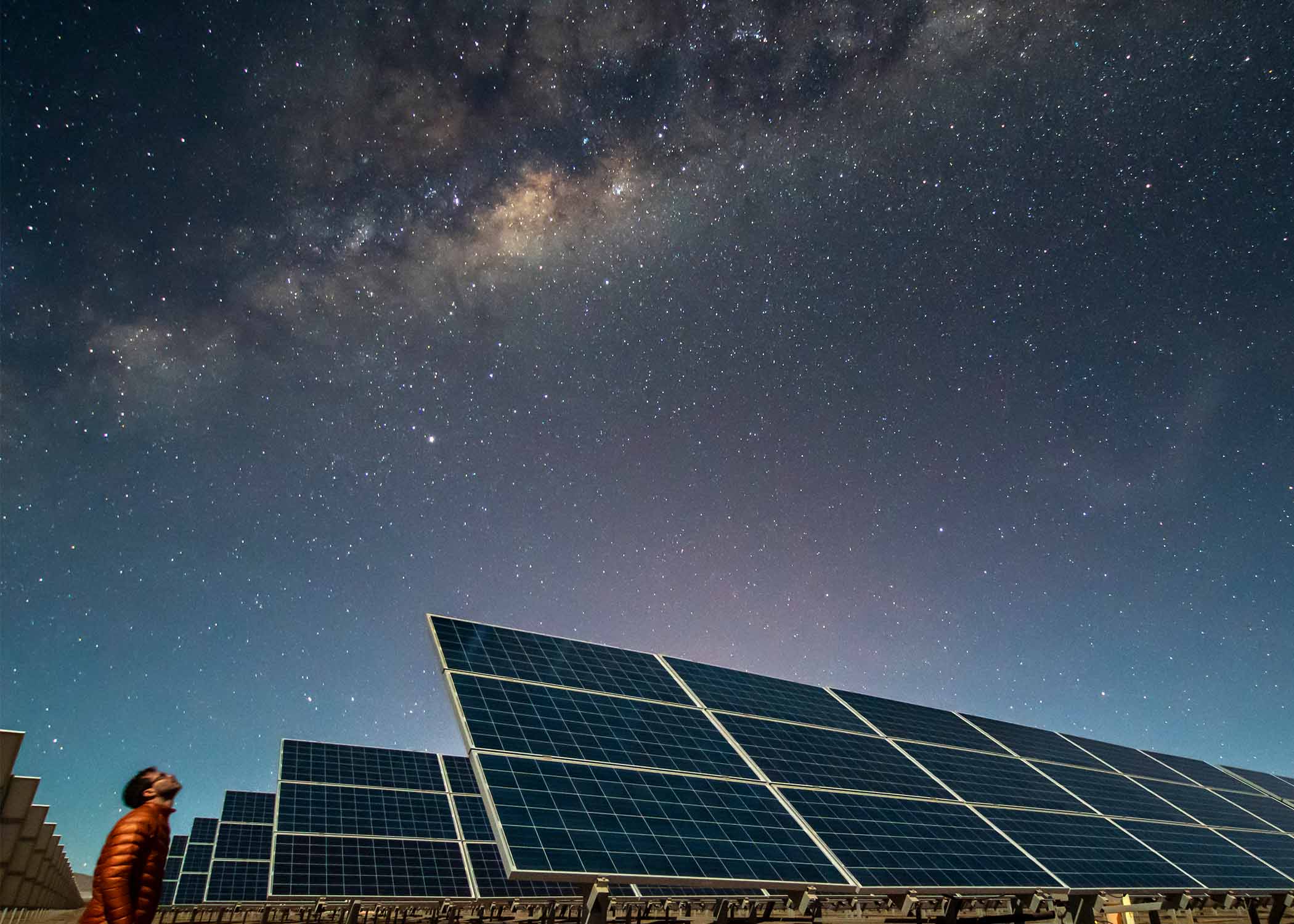It takes an adventurous spirit and a willingness to walk away from societal norms . . .
But van life offers a free and breezy lifestyle for those who take the leap!
More and more people don’t want to be confined to one zip code, working a traditional 9-to-5 job, and living in a sticks-and-bricks home.
So, we see the appeal of living in a van taking off.
Literally, living in a van down by the river is now an American dream . . . and for good reason(s)!
Though it’s impossible to know how many people call a van, RV, or boat home.
In 2019, it was estimated that more than 140,000 did, representing a 38% increase over 2016 figures.
And in September of 2020, new camper van shipments increased by 57.9%.
The van life appeals to people for the minimalist lifestyle and freedom it offers.
Find out if this way of living may be just the thing you’re looking for.
Satisfy Your Wanderlust with Van Life
One of the reasons many take to the road life is to satisfy a wanderlust spirit.
Living in a house that moves allows you to pick up and relocate whenever the mood strikes.
Get the Best Views
Many people choose the van life to get closer to nature and further from the hustle and bustle of modern society.
Is there anything better than waking up to the sounds of birds chirping and a breeze blowing through the trees, with no car horns or sirens to disturb the peace?
How do you feel about seeing a view no matter which window you look out of?
When you live in a tiny home on wheels, you can park your house right in the middle of the most scenic places.
Spend Time Outside
Spending time out in nature makes people healthier and happier.
One of the great benefits of van life is that nature can be right out your sliding door, making it easy to soak up the healing power of the natural world.
Getting outside:
- Improves your mood
- Improves your focus
- Lowers your stress levels
- Makes you feel more connected
- Increases creativity
You can park your van in a remote area, surrounded by the beauty of nature.
When you need a break from whatever work you’re doing, all you need to do is step outside your van to recharge.
Discover the Beauty of Backcountry Living
Some van lifers sleep in urban environments, in parking lots, or on streets.
Others bed down in campgrounds and RV parks — half setting up on federal public lands.
The Bureau of Land Management (BLM) manages 245 million acres for the American people.
Meanwhile, the US Forest Services (USFS) manages 193 million acres.
While both operate campground facilities, they also offer dispersed camping.
What Is Dispersed Camping?
Dispersed camping is what it’s all about for many van life adherents.
Dispersed camping is setting up camp away from established campgrounds.
There may be established sites but no services.
In other words, you don’t get electricity, water, or restrooms when you camp at dispersed sites.
But what you do get is a remote location — often in some of the most stunning places that Mother Nature conceived — and usually a free place to stay.
You can find truly remote locations without a soul in sight.
Camping apps can help you search for the best remote camping spots on public lands.
Some of the more popular free campsites are like camping communities for those who live the van life if you crave company.
For instance, if you head to BLM lands southwest of Zion National Park in the fall, you’ll see dozens of vans, RVs, and tents set up just off the main road heading to Springdale and the park.
If you want to take advantage of free camping and get away from it all, you must be prepared.
Your van needs to be self-sustaining with:
- A solar panel system for power
- Water storage
- A way to handle bathroom business
Showers are optional, though an exterior solar shower is handy.
What Are BLM Guidelines for Dispersed Camping?
BLM lands provide the best opportunities to find free van life camping.
The agency allows campers to stay in one location for up to 14 days within a 28-day period.
The 14 days tally up whether you set up for two consecutive weeks or use your days in segments.
After using your allotted days, you must move to another location at least 25 miles away.
The agency requires campers to treat the land respectfully and responsibly:
- Pick up trash
- Don’t dump hazardous materials
- Don’t dispose of sewage waste
When possible, campers should select sites that others have used to avoid damaging more land.
Pay attention to signage, as dispersed camping isn’t allowed on all BLM land.
What Are United States Forest Service (USFS) Guidelines for Dispersed Camping?
USFS lands are another good option for free van life camping.
There’s less dispersed camping on Forest Service lands, and you can’t assume that you can set up anywhere there isn’t an established campground or designated-use facility.
Pro Tip: Contact regional USFS offices to find out where dispersed camping is allowed.
Apps are often useful here, too, since popular locations are usually identified.
Where dispersed camping is allowed, you can stay for up to 16 days in a 30-day period.
After that, you must relocate to another spot that’s at least five miles away.
USFS requires campers to set up their sites at least 100 feet from a water source and 150 feet from roadways.
They don’t allow vans or other vehicles to drive across meadows and prefer people set up on bare soil.
Travel at Your Own Pace
When you live the van life, you get to travel at your own pace.
In the age of remote work and creative entrepreneur careers, many van lifers work flexible jobs that can be done anywhere.
While you may have to arrange your travel days around your work obligations (whatever those are), you still have the freedom and flexibility to travel at your own pace.
No more rushing to get to a destination so that you can try to relax and enjoy your two-week vacation!
If you find a place you like, you can stick around until you’re ready for a change of scenery.
If the weather sours, you can always move!
Van life isn’t about racing around a destination to fit in as much as possible before you have to leave.
You get to savor your experiences.
When you work, you can do it in the places you love to be, blurring the lines between obligations and enjoyment.
Find Your Van Life Tribe
Living the van life can be a solitary endeavor if you want, but you can also find and create communities.
Before you even begin your journey, connect with others who can offer advice, give you helpful tips, and answer your questions about living on the road.
You can access resources that teach you how to build your own house on wheels or find someone to do the job for you (most van lifers do their own conversions).
There are van life meetup groups and annual events where people reconnect with fellow nomads to swap stories, share resources, and catch up with one another.
One of the great things about living the road life is that others in the community are always willing to lend a hand.
Everyone who lives this life understands the challenges that come with the joys.
If something breaks and you don’t know how to fix it, you only need to reach out to the tribe to get some answers.
You may even find someone showing up at your campsite to show you the ropes.
While van lifers respect one another’s privacy and independence, they also tend to be the first to offer assistance when needed.
Learn What You’re Made Of
No doubt you’ve perused social media for images of and stories about van life.
And you’ve surely seen the glamorous photos of pristine vans perched on the edge of a magnificent cliff, with its occupants sitting in front of the open backdoor while they sip a cup of coffee and enjoy the sunrise.
You’ve likely scoured blogs, vicariously taking in the adventures and dreaming of your own.
For all the benefits of living in a van — and there are tons of them — you’ll find out what you’re made of when you take to living in a home on wheels.
Van life tests the nomads who choose this lifestyle.
You have to be flexible, willing to deal with uncertainty, and able to handle the unexpected.
Your van may break down on a remote road with no cell service.
You may find yourself in the company of critters who think your little home is the perfect place for them to get an easy meal.
When you live an outdoor life, there is always dirt . . in your van and on your feet.
You may not be able to shower regularly.
If you have a partner, your relationship will be put through its paces when you’re stuck inside a small space for days on end because the rain just won’t let up.
Living in a motorized home offers a free and breezy life, interspersed with challenges that help you grow.
You’ll find out what you’re truly made of.
You may learn that you are much stronger, braver, and flexible than you thought, or you may find that crummy weather makes you more nervous than it ever did when you lived in a regular house.
Van lifers tend to get to know themselves on a deeper level.
They usually discover that they really don’t need that much “stuff” to be happy by living a simple, pared-down life.
They also have more freedom to do the things they love.
Create the Perfect Van Life Home
One of the keys to living the free and breezy van life is to create a comfortable and self-sufficient home.
You don’t need to invest in a new $120,000 vehicle.
You can buy used and learn how to work on your van before you even hit the road.
Many people get a used van, gut it, and build it the way they want it.
As you’re designing your build, keep in mind that you need some essentials for off-grid living.
Your van will need:
- A solar panel kit designed for recreational vehicles with panels, charge controller, and wiring components. You’ll also need an inverter that changes DC to AC.
- A way to heat your interior. Many van lifers opt for a propane heater designed for indoor use.
- A toilet. Some people use a Luggable Loo — a 5-gallon bucket with a toilet seat attached — while others opt for a compostable toilet or a canister toilet.
- Sufficient water storage for freshwater.
- An electric cooler or mini-refrigerator. You never know when you’ll want a cool beverage.
- An indoor kitchen with a propane-powered stovetop. You don’t want to be stuck cooking outside in bad weather.
With these basics, you can design the rest of your van around comfort and ease of living.
Find the Right Solar Panels for Van Life Independence
If you’re going to live the van life, you want to make sure your home on wheels is rigged with enough solar power to allow you to live off-grid in the most beautiful places in the country.
Unbound Solar® has everything you need for DIY solar installation on your van.
We’re also here to answer any questions you may have about how much solar you need.
Get in touch today!
We’re happy to help you get on the road to independence and a free and breezy life!



